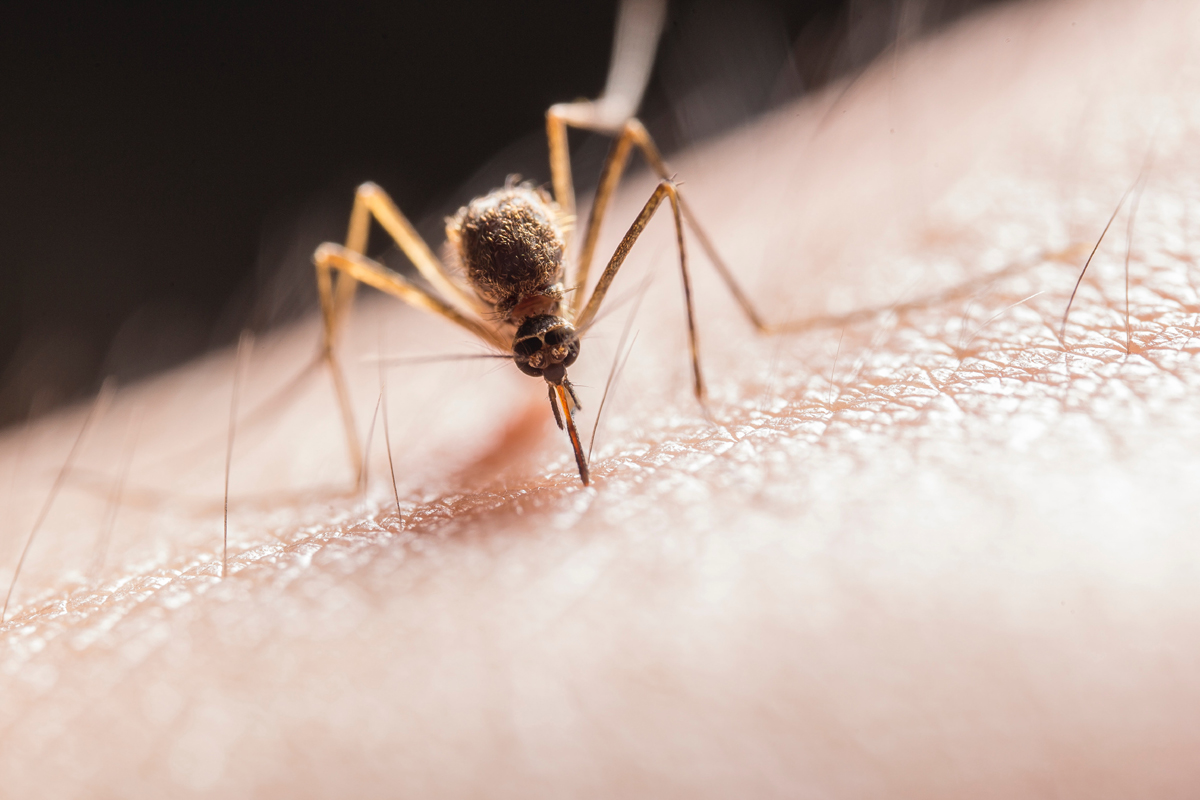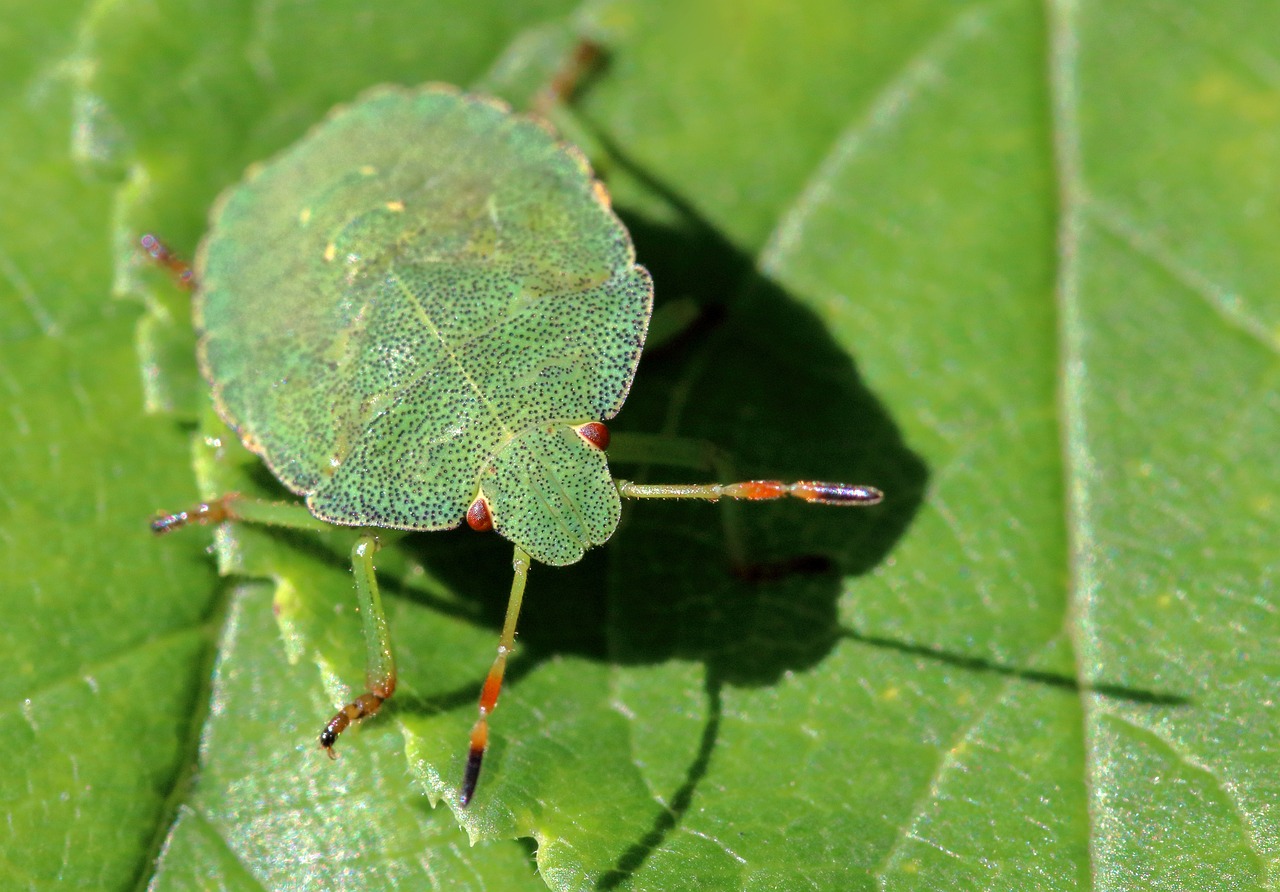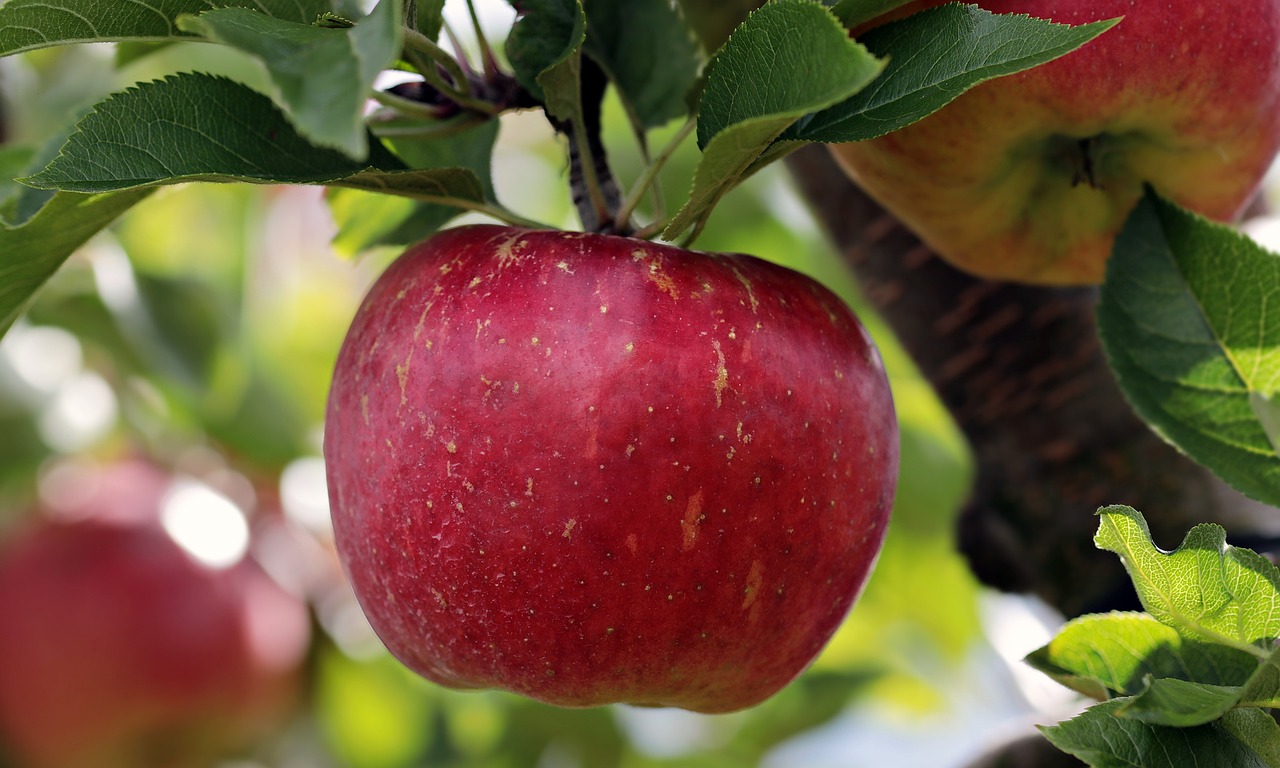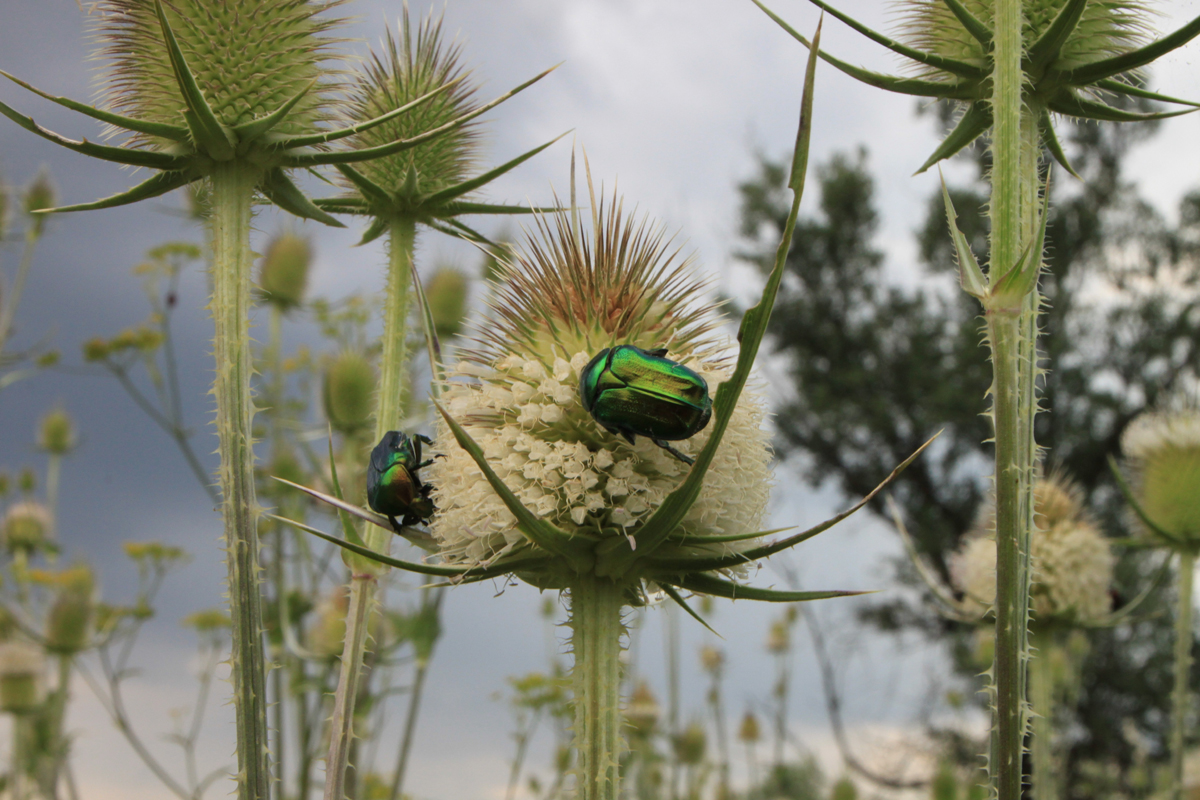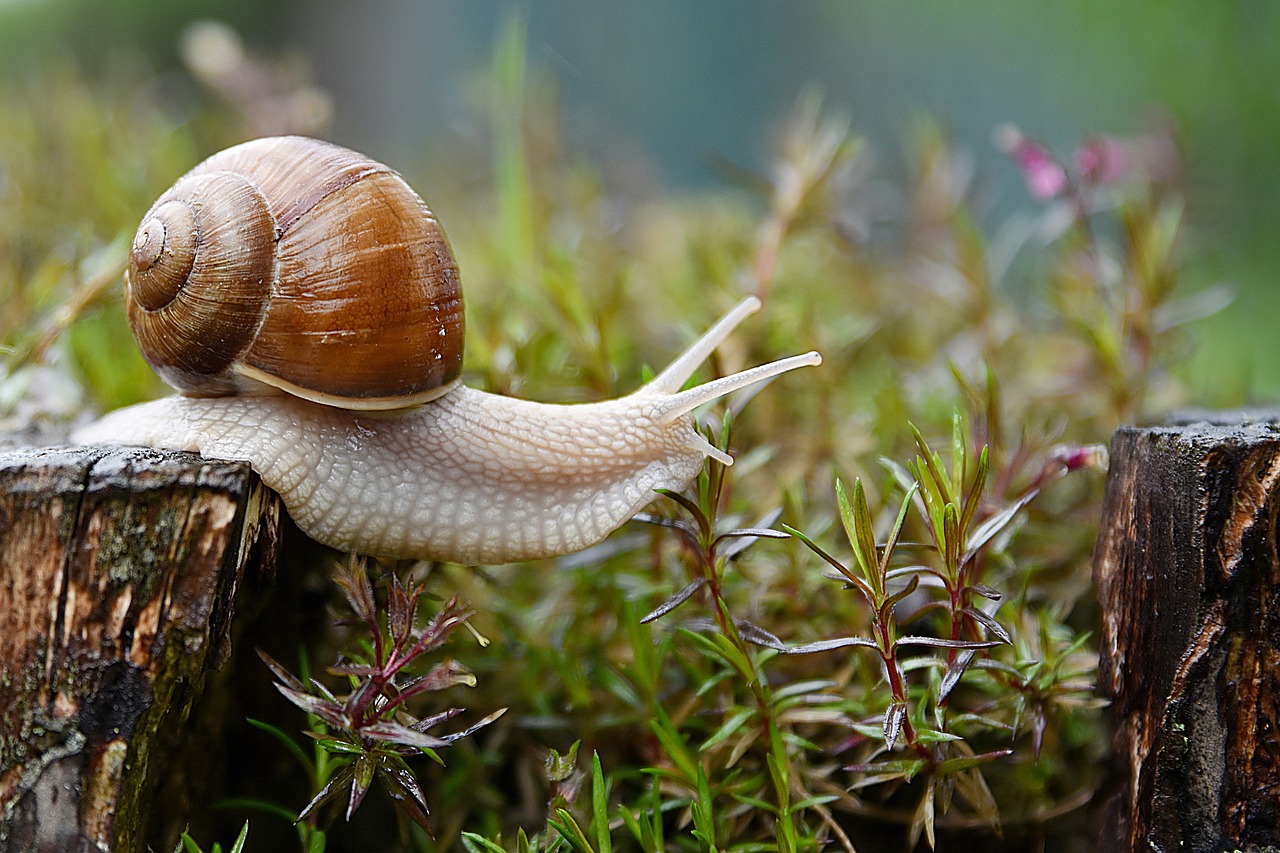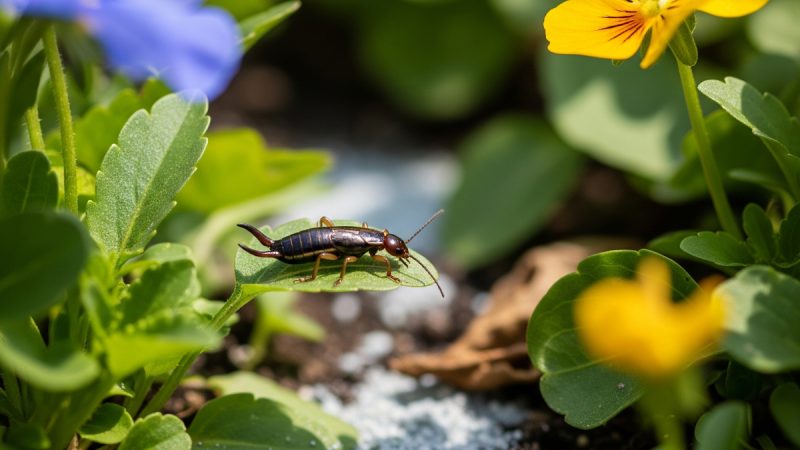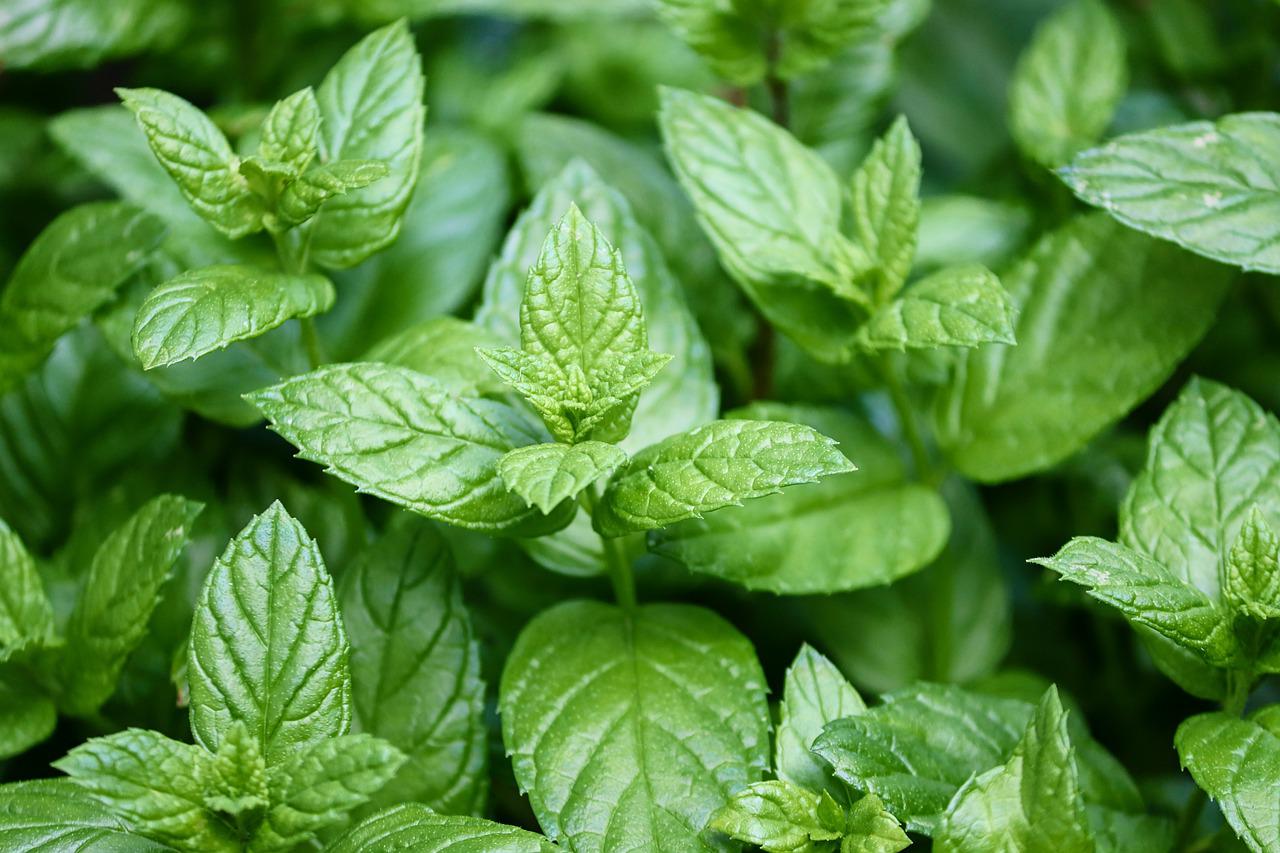How to Diagnose Soil Problems with Weeds
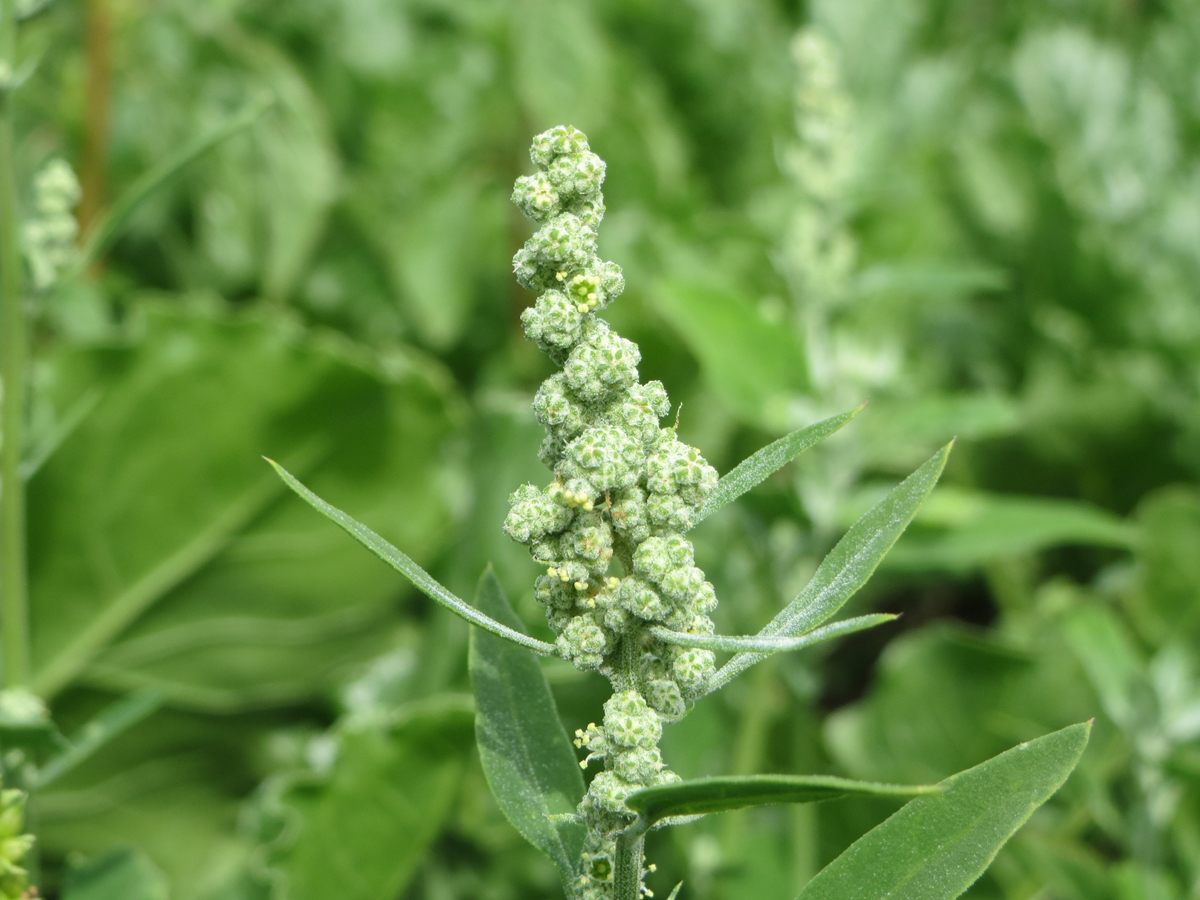
In nature, different plant species grow in different locations depending on the conditions that suit them best. Plants conditioned to survive and thrive in dry climates will naturally occur in dry soils, and likewise for plants accustomed to damp soils, alkaline soils, acidic soils, and more.
In your lawn, the “naturally occurring” species are the weeds. Like it or not, the species of weeds best suited to your lawns conditions will thrive on your property once they gravitate towards it.
By making the conditions of your lawn best suited to the species you want to thrive their (your grass) you’ll help your lawn, and naturally ward off unwanted weeds. Grasses can out-compete weeds when the conditions are in their favour. If this weren’t the case, we would never be able to cultivate healthy lawns; they would always be out-competed by weeds.
But how can we determine the conditions that are allowing one or more species of weeds to have greater success in your lawn than your grass? Soil tests are very effective, but often we can tell just by the species of weeds that are growing there. The list of species below are often referred to as “indicator weeds” because their presence indicates a soil condition that is both detrimental to your lawn and inviting for that species of weed. If you know the species name or common name of a weed in your lawn, find it in the list below to determine a likely problem with your soil. Correct it, and you’ll find that the weeds will magically find their way to a property better suited to their tastes.
Common Indicator Weed Species:
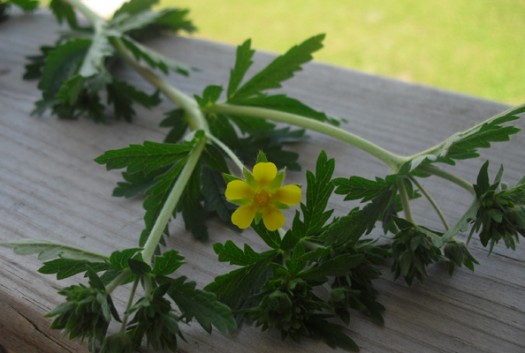
Acid Soil:
Sorrel (Rumex species), sow thistle (Sonchus species), prostrate knotweed (Polygonum aviculare), lady’s-thumb (Polygonum persicaria), wild strawberries (Fragaria species), plantain (Plantago major), rough cinquefoil (Potentilla monspeliensis), silvery cinquefoil (Potentilla argentea), hawkweeds (Hieracium aurantiacum and pratense), knapweeds (Centaurea species), bentgrasses (Agrostis species)
Alkaline Soil:
Field peppergrass (Lepidium virginicum), goosefoot (Chenopodium species), gromwell (Lithospermum officinale), true chamomile (Anthemis nobilis), bladder campion (Silene latifolia)
Wet or Poorly Drained Soil:
Horsetail (Equisetum arvense), sedges (Carex species), lady’s-thumb (Polygonum persicaria), joe-pye weed (Eupatorium purpureum), silvery cinquefoil (Potentilla argentea), curly dock (Rumex crispus), mosses, Pennsylvania smartweed (Polygonum pensylvanicum), tall buttercup (Ranunculus acris), creeping buttercup (Ranunculus repens), sheep sorrel (Rumex acetosella), Canada goldenrod (Solidago canadensis), lance-leaved goldenrod (Solidago graminifolia), meadow pink (Lychnis floscuculi), jewelweed (Impatiens pallida), coltsfoot (Tussilago farfara), sweet flag (Acorus calamus), ground nut (Apios americana), annual bluegrass (Poa annua), common chickweed (Stellaria media), crabgrass (Digitaria species), goosegrass (Elusine species), ground ivy (Glechoma hederacea), mouse-ear chickweed (Cerastium vulgatum), violets (Viola species), yellow nutsedge (Cyperus esculentus)
Dry Soil:
Virginia pepperweed (Lepidium virginicum), rough cinquefoil (Potentilla monspeliensis), potato vine (Ipomoea pandurata), yarrow (Achillea millefolium), black medic (Medicago lupulina), red sorrel (Rumex acetosella)
Compacted or Heavy Soil:
Wild garlic (Allium vineale), dandelion (Taraxacum officinale), broadleaf dock (Rumex obtusifolius), creeping buttercup (Ranunculus repens), plantain (Plantago major), annual bluegrass (Poa annua), common chickweed (Stellaria media), goosegrass (Elusine indica), knotweed (Polygonum aviculare), mouse-ear chickweed (Cerastium vulgatum), prostrate spurge (Euphorbia supina)
Soil with a hardpan or hard crust: horse nettle (Solanum carolinense), pennycress (Thiaspi arvense), quack grass (Agropyron repens), field mustard (Brassica nigra), morning-glory (Ipomoea purpurea), pineapple weed (Matricaria sauveolens)
Previously Cultivated Soil:
Lamb’s-quarters (Chenopodium album), plantain (several species), ragweed (Ambrosia artemisiifolia), purslane (Portulaca oleracea), dandelion (Taraxacum officinale), chickweed (Stellaria media), pigweeds (family Amaranth), carpetweed (Mollugo verticillata)
High Fertility Soil:
Chicory (Cichorium intybus), pigweeds (family Amaranth), purslane (Portulaca oleracea), dandelion (Taraxacum officinale), lamb’s-quarters (Chenopodium album), burdock (Arctium minus), pokeweed (Phytolacca americana), butter print (Abutilon theophrasti), Queen Anne’s lace (Daucus carota), annual bluegrass (Poa annua), bentgrasses (Agrostis species), Henbit (Lamium amplexicaule), yellow woodsorrel (Oxalis stricta), crabgrass (Digitaria species), mallow (Malva neglecta), purslane (Portulaca oleracea)
Low Fertility Soil:
Plantains (Plantago species), red sorrel (Rumex acetosella), white clover (Trifolium repens)
Shaded Soil:
Annual Bluegrass (Poa annua), common chickweed (Stellaria media), ground ivy (Glechoma hederacea), mouse-ear chickweed (Cerastium vulgatum), nimblewill (Muhlenbergia shreberi), violets (Viola species)
Species List Adapted from The Lawn Institute. http://www.thelawninstitute.org/
The Author:
For those living in Oakville, Ontario and the surrounding areas of Milton, Burlington and Georgetown, Forevergreen Landscaping has become one of the most trusted names in landscaping. Forevergreen Landscaping and Maintenance is known to satisfy the needs of each customer by using innovative techniques, products, and equipment. We strive for a level of satisfaction which truly exceed the goals, and expectations of our clientele. Contact Forevergreen Landscaping for all of your landscaping needs.


